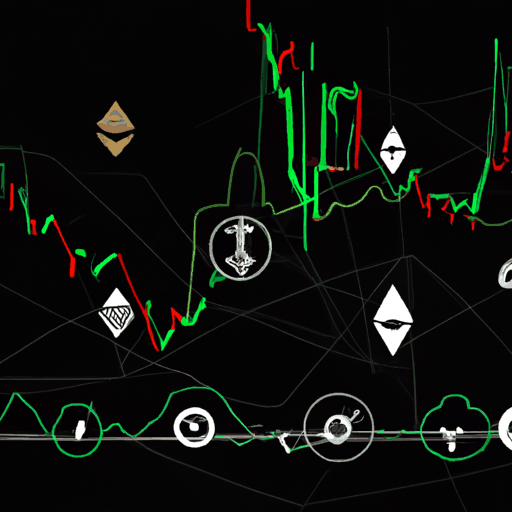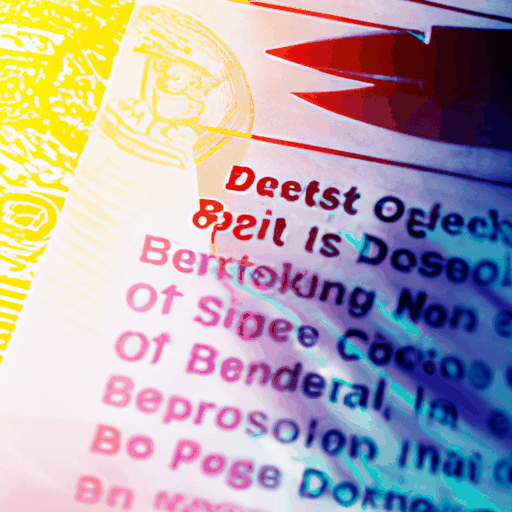
World Liberty Financial Eyes Decentralization with Token Proposal
By: Eliza Bennet
World Liberty Financial (WLFI), a decentralized finance protocol associated with former U.S. President Donald Trump's family, has introduced a groundbreaking proposal to enhance the mobility of its WLFI governance token. This initiative aims to transition the protocol from its current closed governance model to a more open and decentralized framework.
The initiative seeks to make the WLFI token tradable across the broader crypto market, thus allowing it to trade on secondary markets, including decentralized exchanges and peer-to-peer networks. Currently, the WLFI token operates within a confined system, limiting price discovery and governance participation. The proposed change aligns with the project's roadmap of adopting an "open participation" model. If approved, WLFI holders will gain expanded voting rights over essential aspects, such as token emissions, ecosystem incentives, and treasury management. The proposal has captured attention primarily due to the Trump family's involvement, which adds political complexity to the endeavor.
Notably, the pursuit of a decentralized model could mitigate concerns of potential conflicts of interest, highlighted by Democratic lawmakers. In alignment with these developments, the Trump family has recently reduced its ownership stake in World Liberty Financial from 75% to 20%. Financial disclosures revealed that President Trump profited approximately $57 million from WLFI investments. In response to these ventures, Congressman Adam Schiff introduced the COIN Act, aiming to restrict the issuance and promotion of specific cryptocurrencies by public officials during their office tenure.
Moreover, World Liberty Financial is conducting a thorough audit of its USD1 stablecoin, which holds strong market potential with a circulating supply of $2.2 billion. A recent strategic airdrop of USD1 to WLFI holders tested the on-chain distribution process. These efforts underscore the protocol's commitment to ensuring transparency and instilling confidence among its stakeholders as it navigates through the complexities of decentralized finance and regulatory scrutiny.



